High-performance Multi-unit Laser Displacement SensorsCD5 Series
Next level integration of accuracy, stability, and operability
- Highest-in-class repeat accuracy and linearity
- 3 CH multi-calculation function is possible
- Measurement is possible using only the sensor head

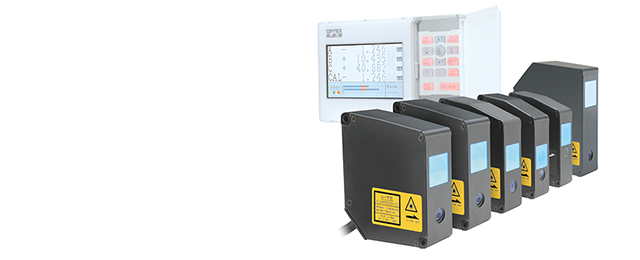
Achieving measurement stability through the newly developed “Tri-CORE” Technology
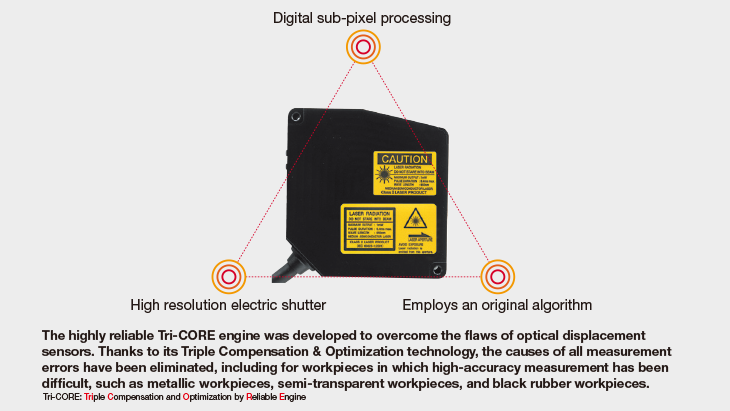
Employs digital sub-pixel processing
 True receiving light waveform recognition
True receiving light waveform recognition Digital sub-pixel processing that performs recognition with 65536 areas per pixel is newly employed. By obtaining a true receiving light waveform, a linearity that is up to twice that of conventional models can be achieved.

Thanks to high resolution electric shutter
 Automatic level correction
Automatic level correction
In addition to featuring electric shutter control with a sampling period of 1/485, receiving light waveforms of a fixed height can be obtained for almost any targets, resulting in a reduction of errors between materials.

-
For objects with uneven surfaces, colors, and glossy or matte surfaces
 Original algorithm
Original algorithm 
This unique algorithm consistently identifies true peak position even in the case of receiving light waveforms that are stretched to the far side such as in the case of semi-transparent objects, as well as near-peak received light waveforms that become disturbed due to hairline.

-
By one sensor head
 Reliable glass thickness measurement
Reliable glass thickness measurement(In specular mode of CD5-L☐ and CD5-☐30/-85)
Using one sensor head, it can provide highly accurate and stable measurement of glass thickness by simultaneously measuring the front and rear surfaces.
Newly developed sensor head specially designed for high-accuracy measurement
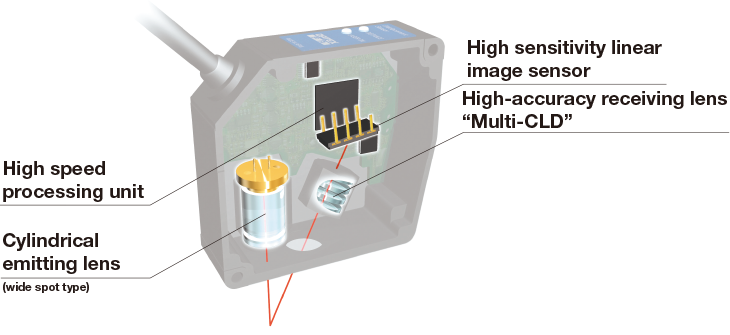
-
Next level balance between accuracy, speed and sensitivit
 High sensitivity linear image sensor
High sensitivity linear image sensor-
A high sensitivity linear image sensor is employed to capture reflected light from workpieces both with high levels of speed and accuracy. It features 5 times improved accuracy and 10 times increased speed when compared to conventional models.
-
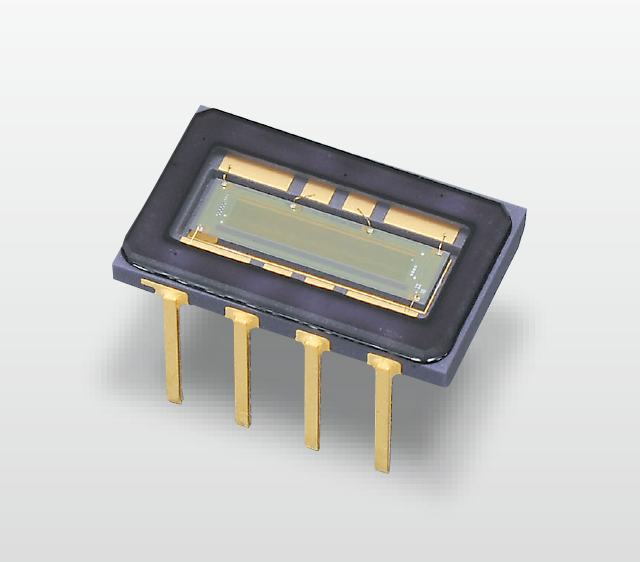
-
-
Low light aberration
 “Multi-CLD” lens
“Multi-CLD” lens-
The high-accuracy Multi-CLD receiving lens forms highly accurate images from reflected light using a linear image sensor. Using advanced focusing technology in which a camera is also employed, spot distortion caused by errors is significantly reduced.
Multi-CLD: Multi-Combined Low Dispersion -
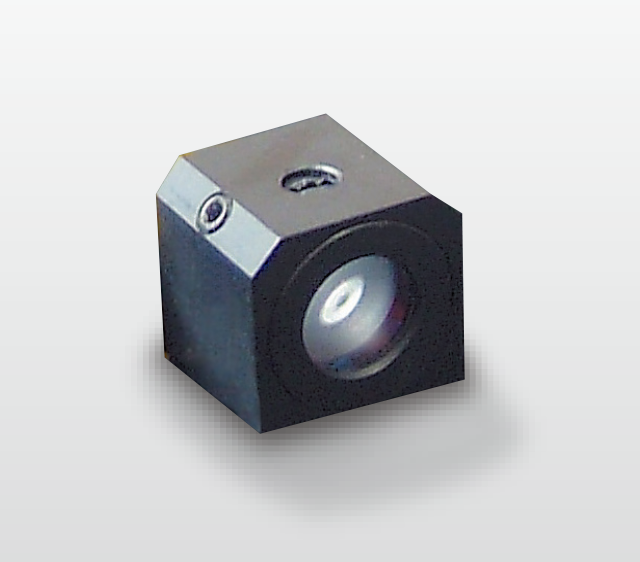
-
-
Processing measurement results with high levels of speed and accuracy
 High speed processing unit
High speed processing unit-
A high speed processing unit for CD5 series models embedded within the sensor. This enables data obtained from the linear image sensor to be instantaneously corrected and optimized before being output as measured values. With this, we have succeeded in enabling highly reliable measurement results to be obtained with both high levels of speed and accuracy.
-
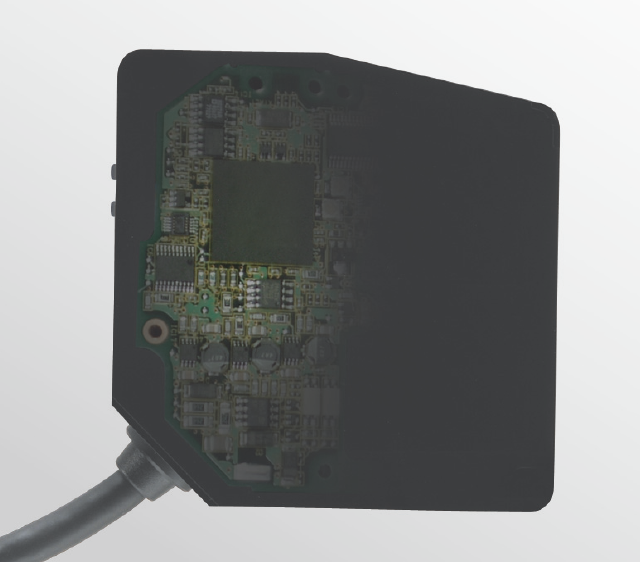
-
-
Enhanced moving resolution
 Wide type
Wide type-
A spot light wide-type that doesn’t rely on the surface of measurement targets is now available (CD5-W☐☐). By the results averaged in the widebeam, influences from unevenness are eliminated and highly accurate and stable measurements can be performed.
-
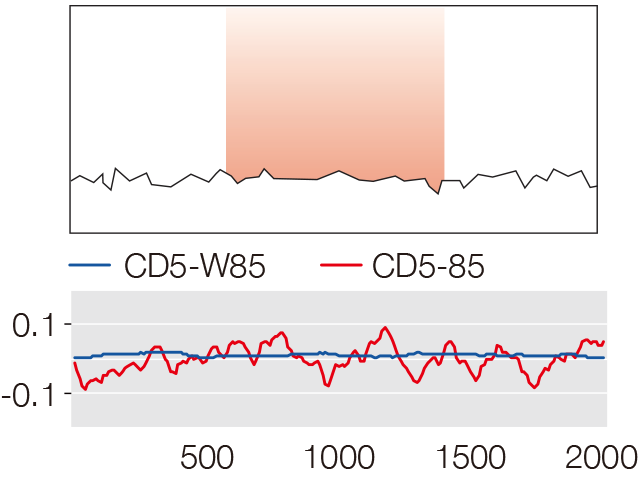
-
-
Eliminates malfunctions even when spot light overlaps
 Cross-talk prevention
Cross-talk prevention-
Cross-talk prevention enables stable measurements to be performed with high accuracy even if spot light overlaps or sensors are close together. Measurements can be performed correctly even for small warpage and tilting of workpieces. Note: Sampling period will be six times longer.
-
(up to 2 units)
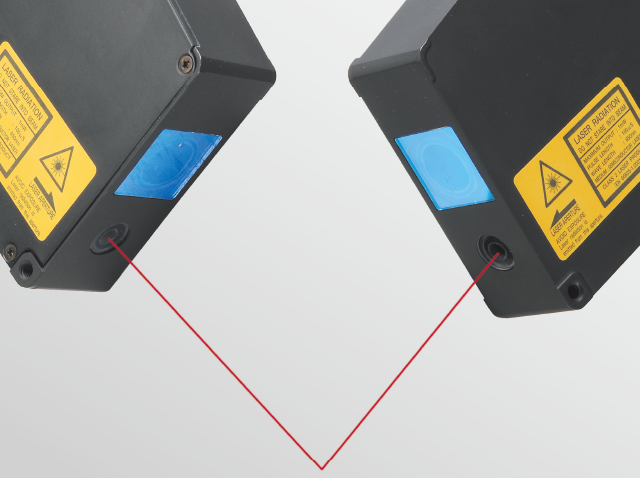
-
-
Even in water-filled areas
 Featuring IP67 level water-resistance
Featuring IP67 level water-resistance-
These sensor heads feature a degree of protection on IP67. This means that they can be used without worry in factories or with devices in which contact with water occurs. Extension cables and connectors also feature a IP67 protection, meaning additional countermeasures for water resistance are not required.
Note: Water or oil that adhere to the optical surface could cause light to refract and prevent measurements from being performed correctly. -
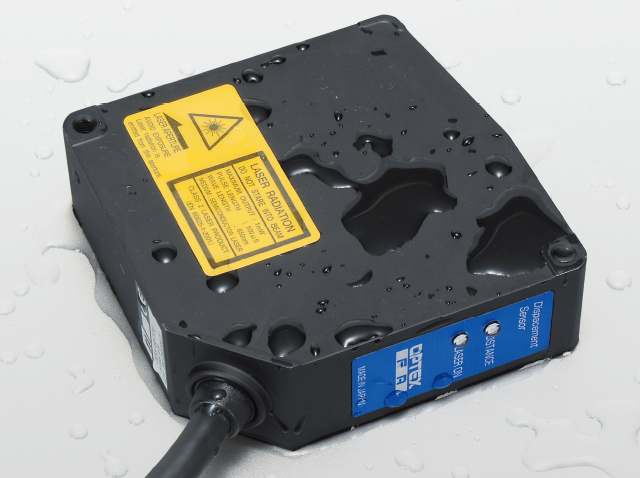
-



